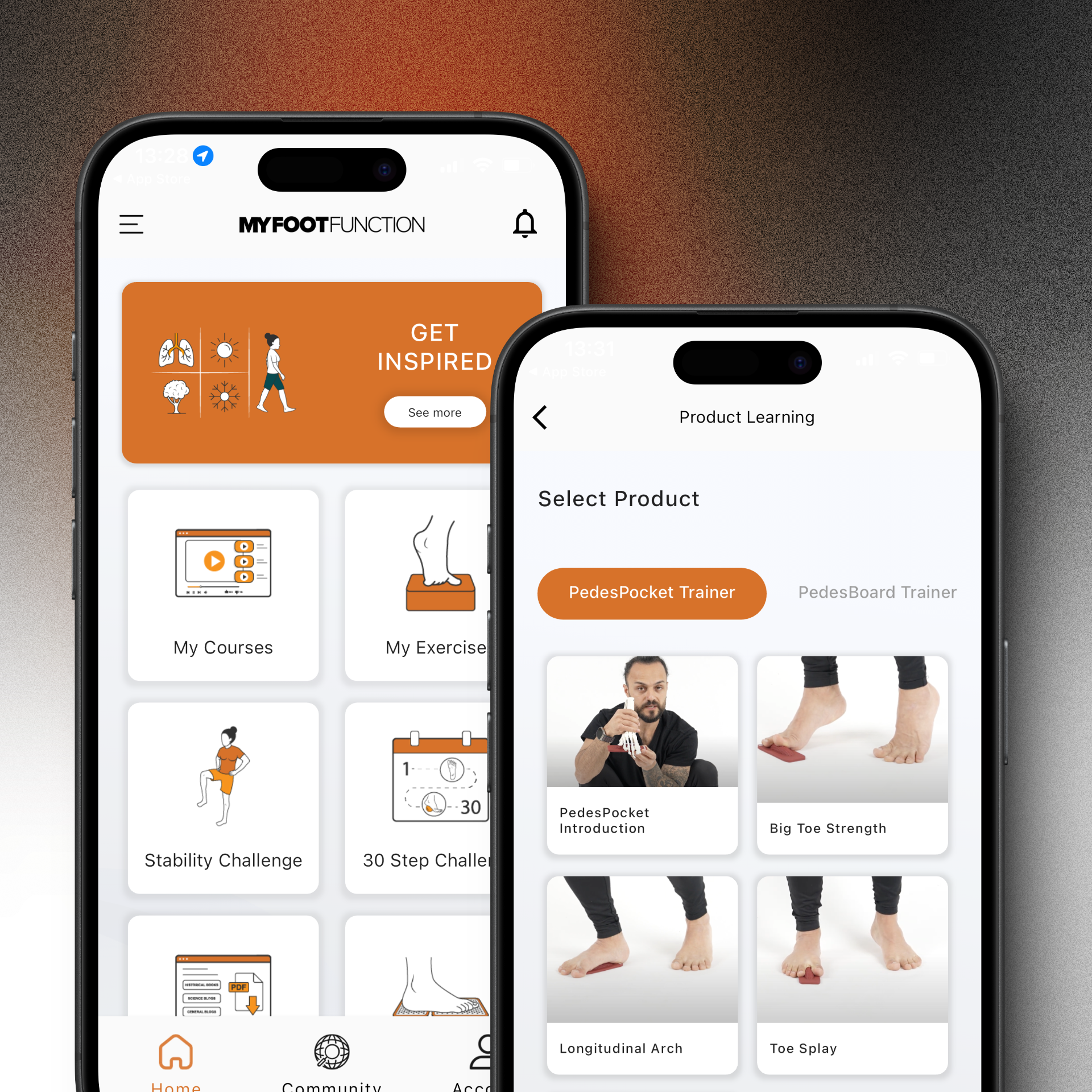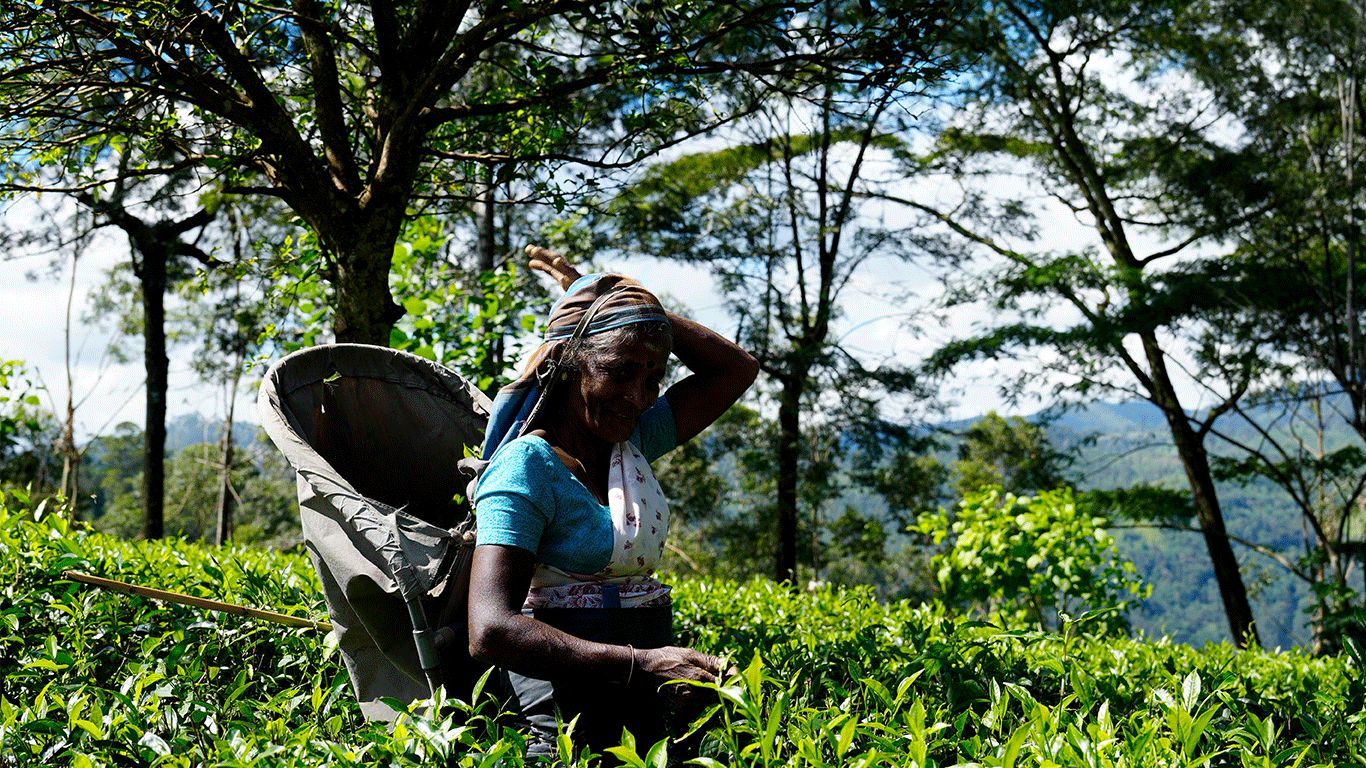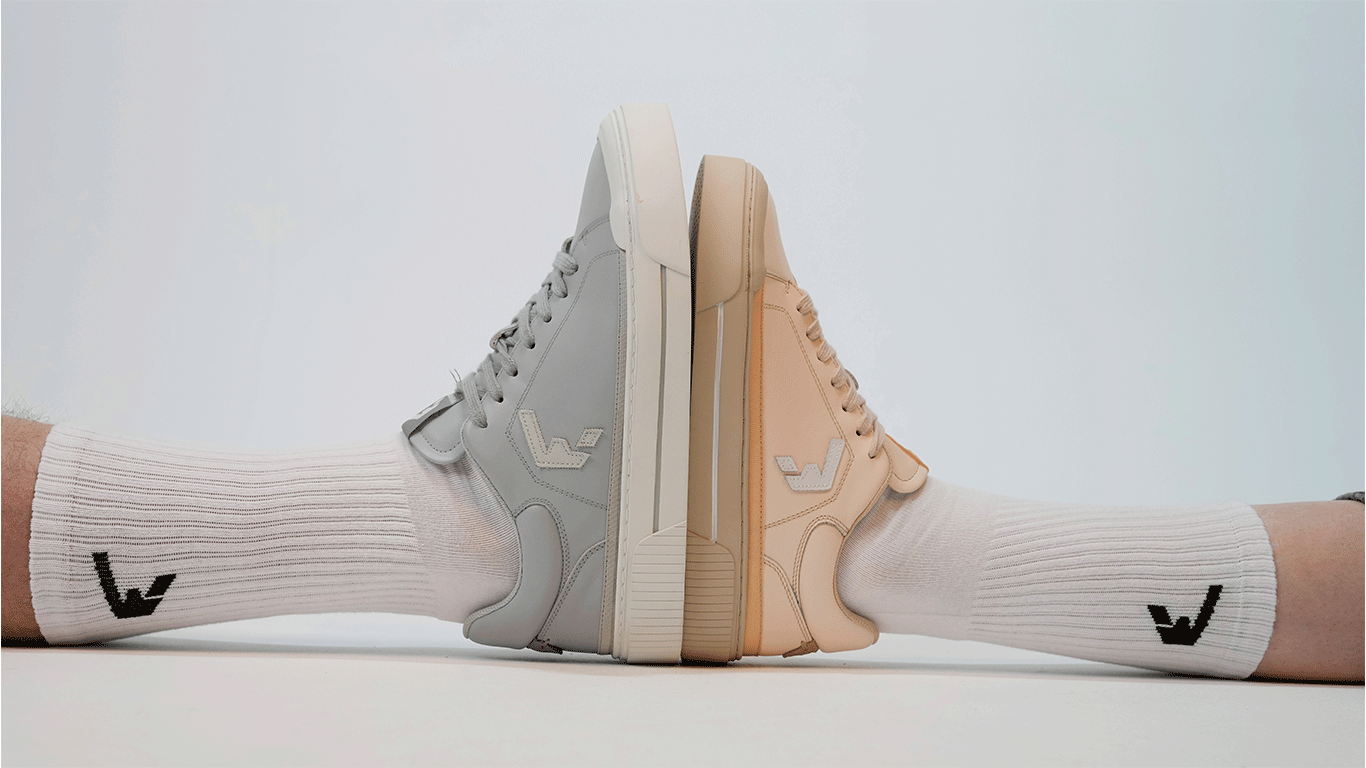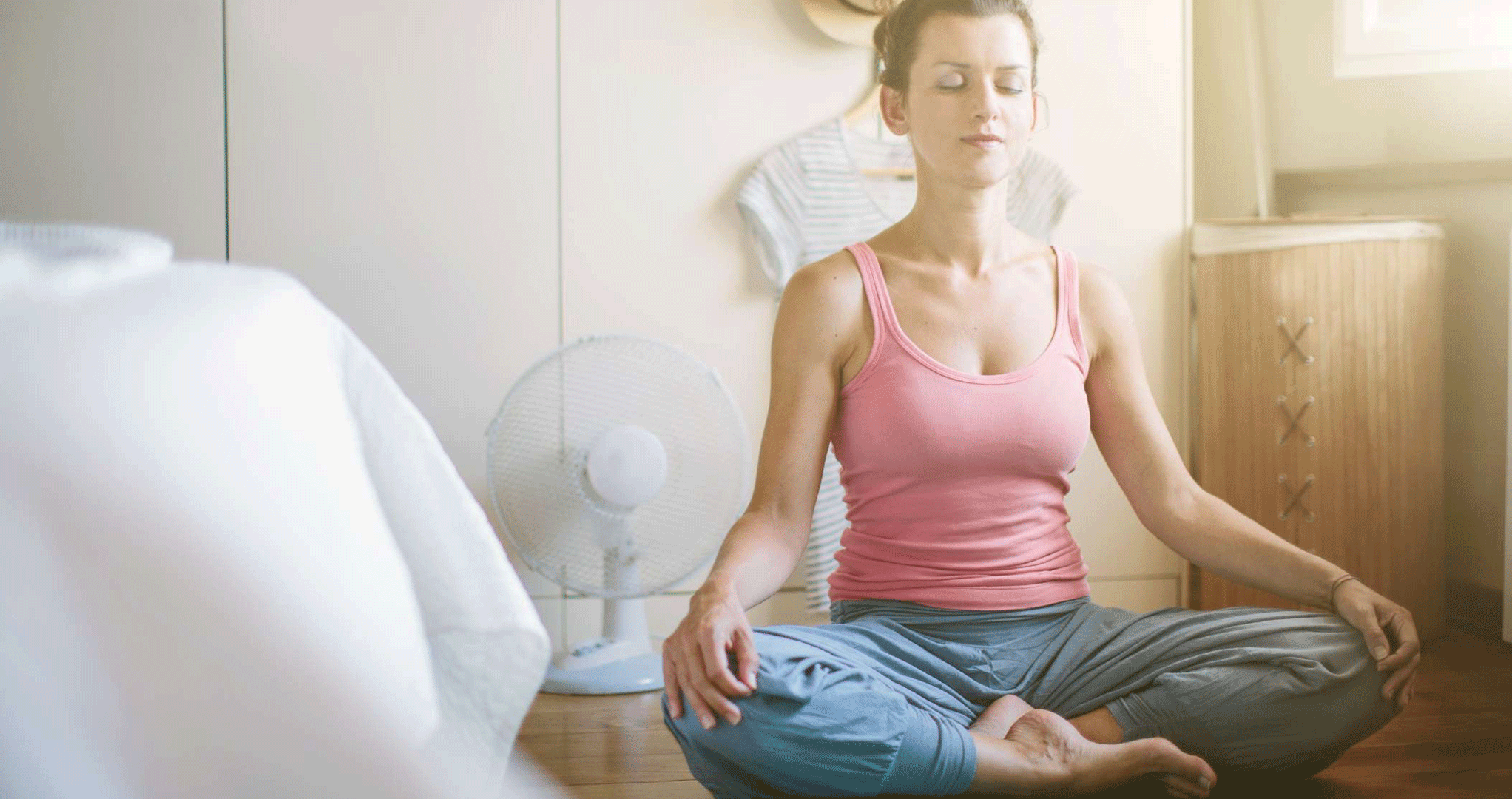A short story of how the study came to be.
HOW IT ALL BEGAN
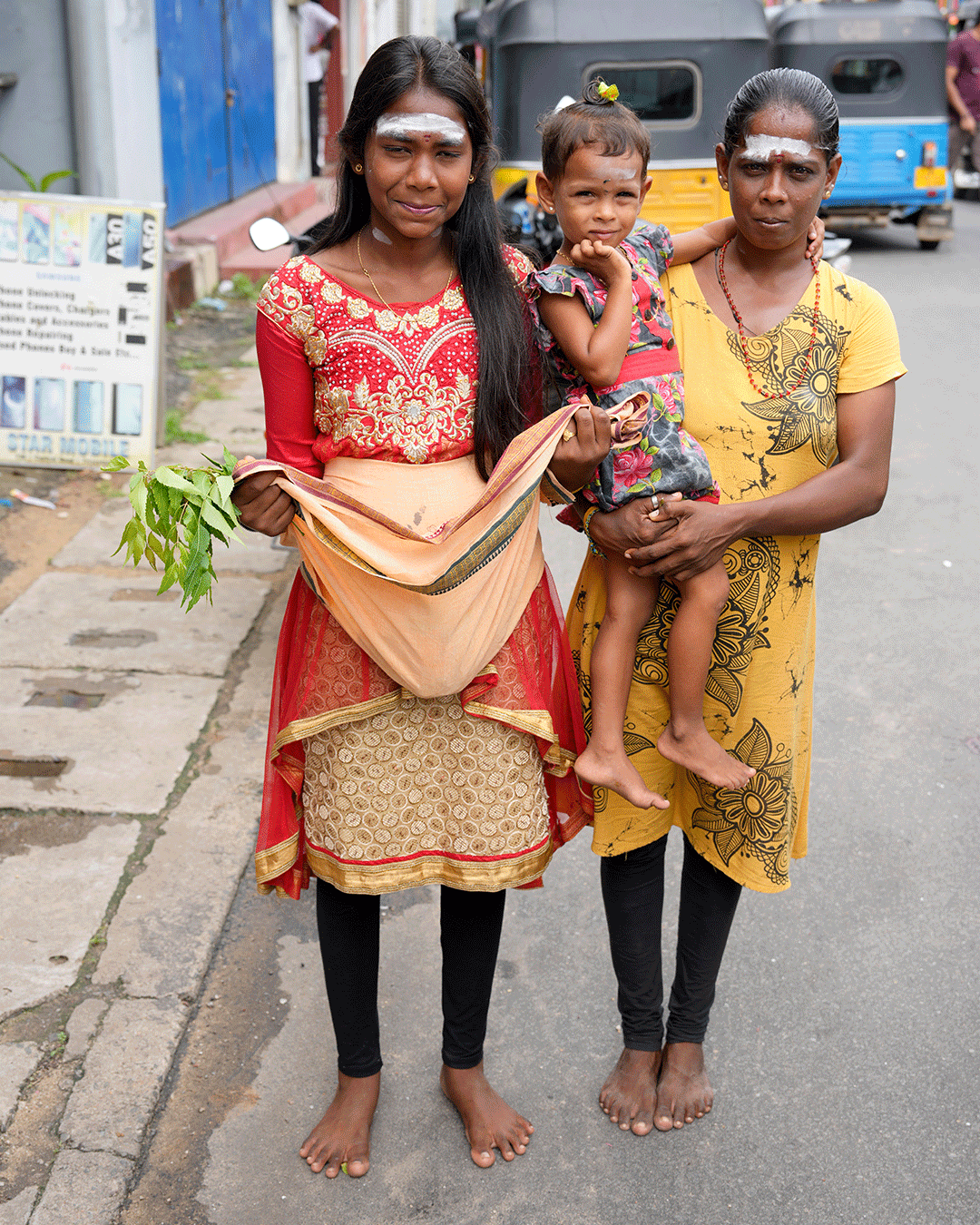
JOSEPHS OBSERVATIONS
During a trip to Sri Lanka with his girlfriend, Joseph, co-founder at MFF, was struck by the remarkable foot health of the local population. Their agility and mobility even in later stages of life stood in stark contrast to Western norms. This observation sparked Joseph's obsession with conducting a study to unveil the underlying reasons behind this phenomenon.
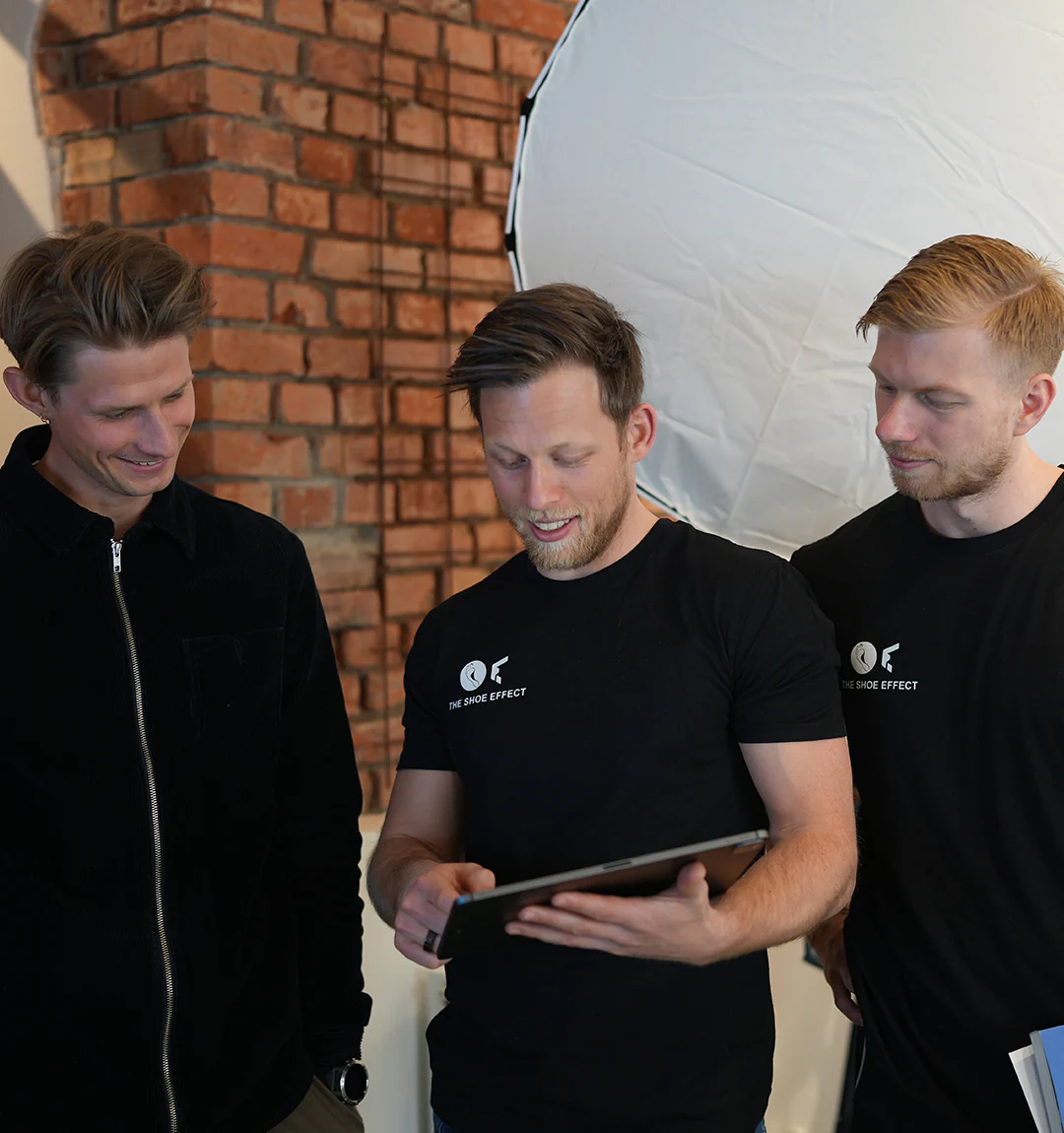
SETTING THE BLUEPRINTS
During a meeting with Gourgen, co-founder of MFF, they found themselves swiftly pitching their idea to the Wyde Footwear team, recognizing their crucial involvement. This marked the birth of the study, with the team promptly setting about structuring the budget and study protocol.
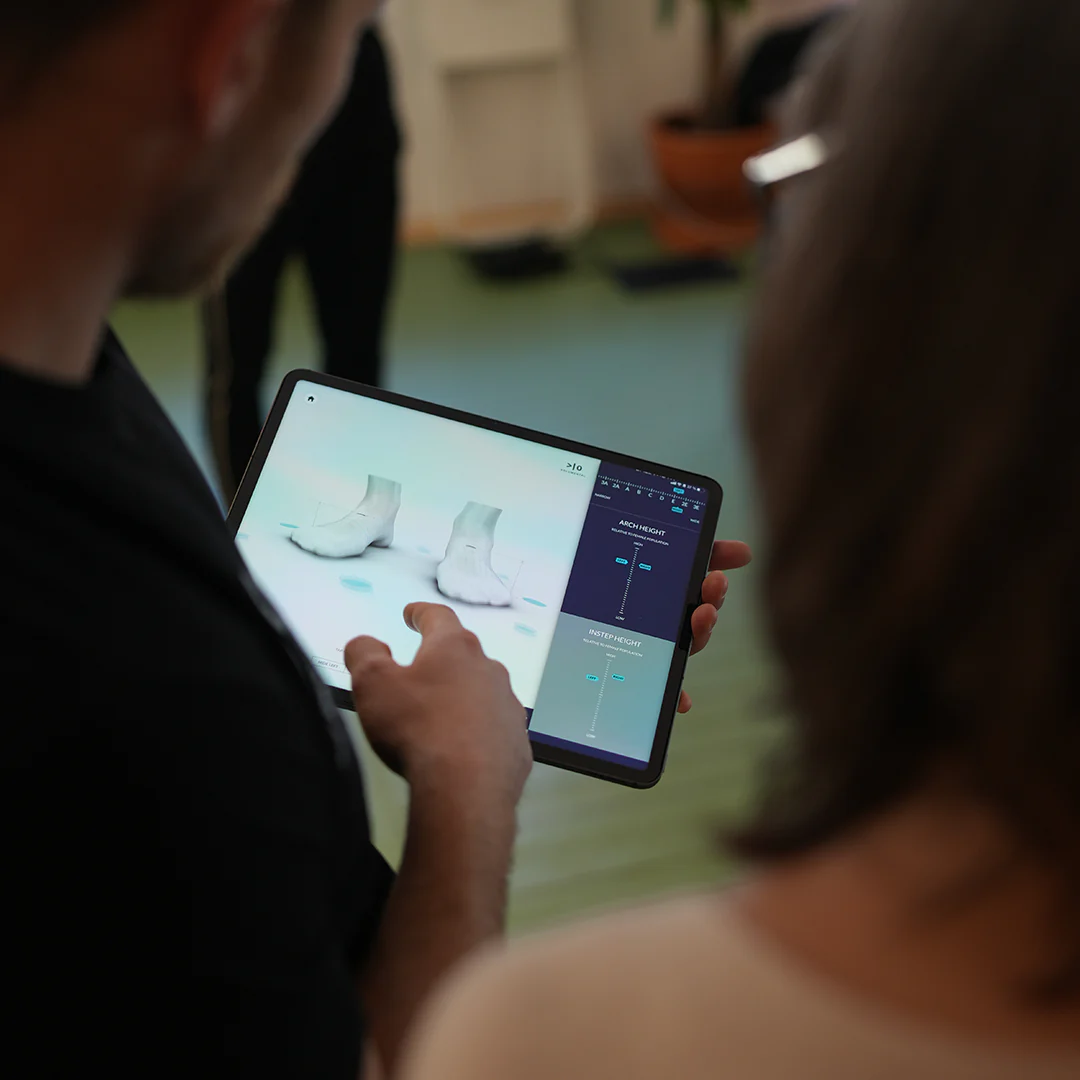
PILOT STUDIES IN SWEDEN
Understanding the obstacles ahead, we embarked on constructing the questionnaire, a pivotal component of the study. Teaming up with Volumental, who provided the 3D scanner alongside our plantar pressure plate, we invited 100 individuals to our Göteborg studio for our inaugural pilot study.
The struggles, successes and personal stories.
WHAT WE FOUND
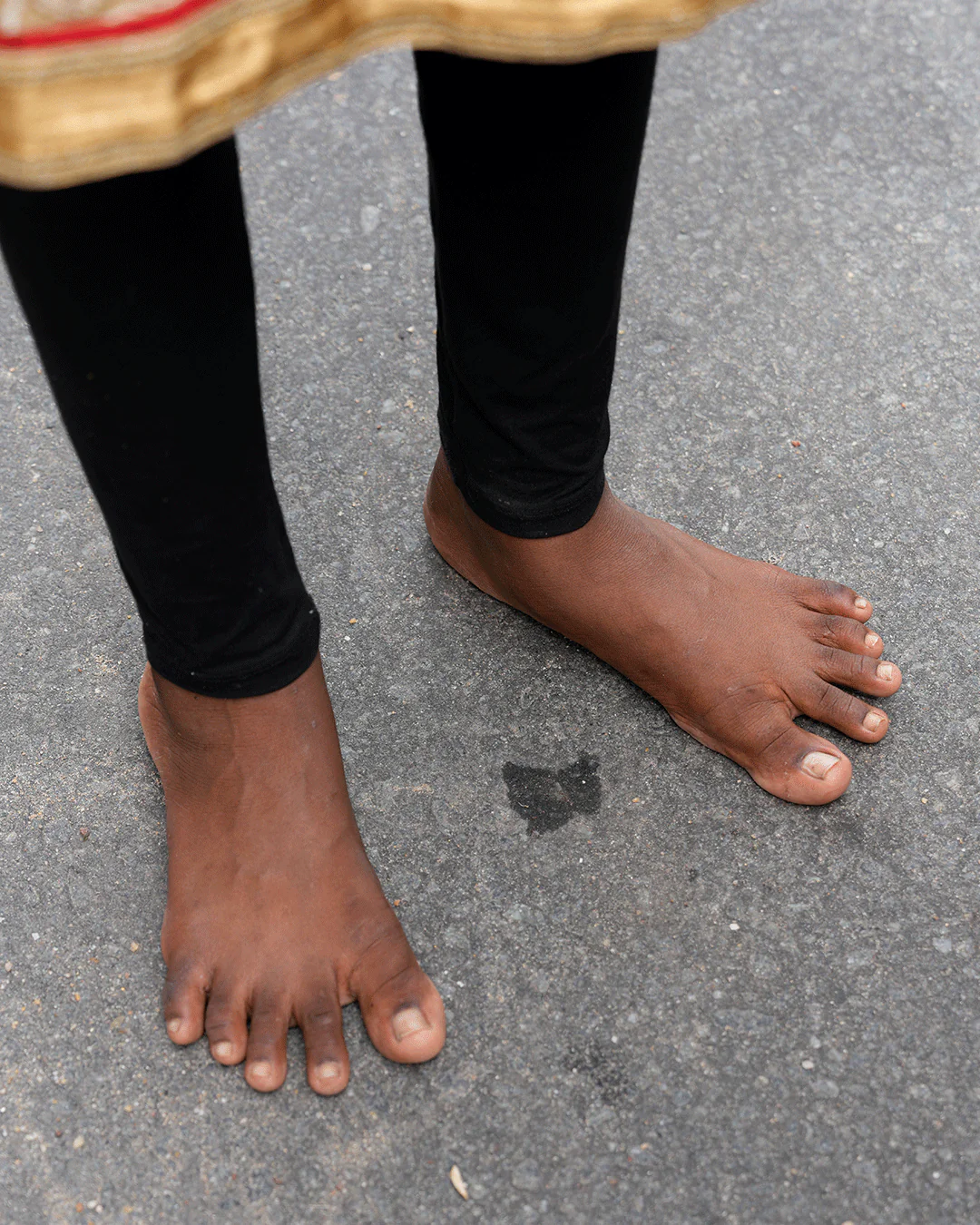
WEEK ONE
Week one kicked off with high hopes, studying an entire hotel staff of almost 50 individuals. However, things took a downturn. Our plan to visit shoe stores hit a roadblock as we were consistently met with the hurdle of "I need my manager's approval." Days passed, with us trekking from venue to venue in scorching 35+ degree heat, only to be met with rejection. The study was facing a bleak outlook.
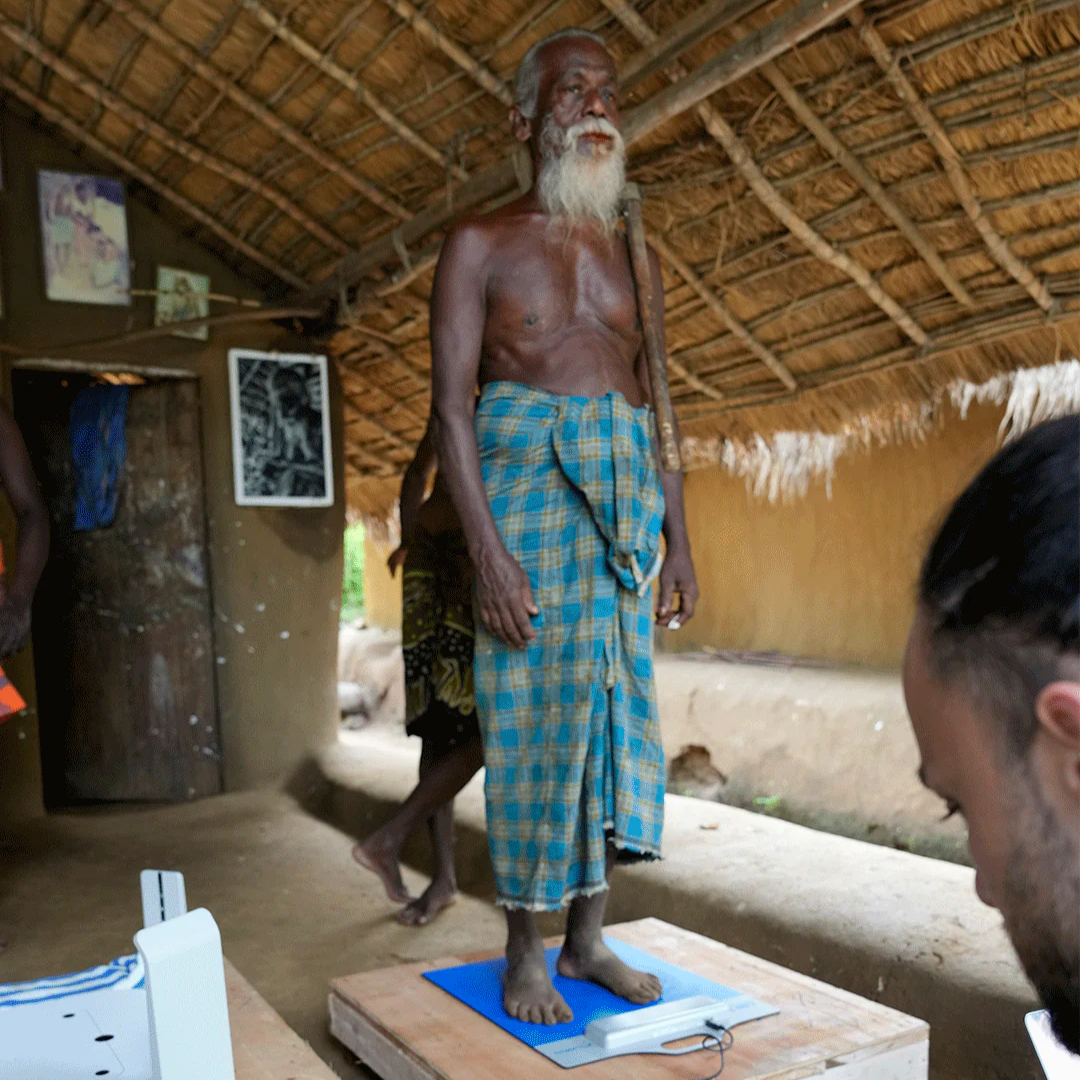
WEEK TWO-THREE
At this juncture, we found solace in the pursuit of ice cream, knowing well the healing powers it holds. Yet, our hopes were dashed when the hour-long trek to a highly rated ice cream store revealed it was closed. Desperate, Melker gazed skyward and silently prayed for assistance. Miraculously, help arrived in the form of a man on a tuk-tuk. With unwavering confidence, he declared, "I will help." True to his word, the next day, we successfully studied his entire neighborhood of over 100 people.
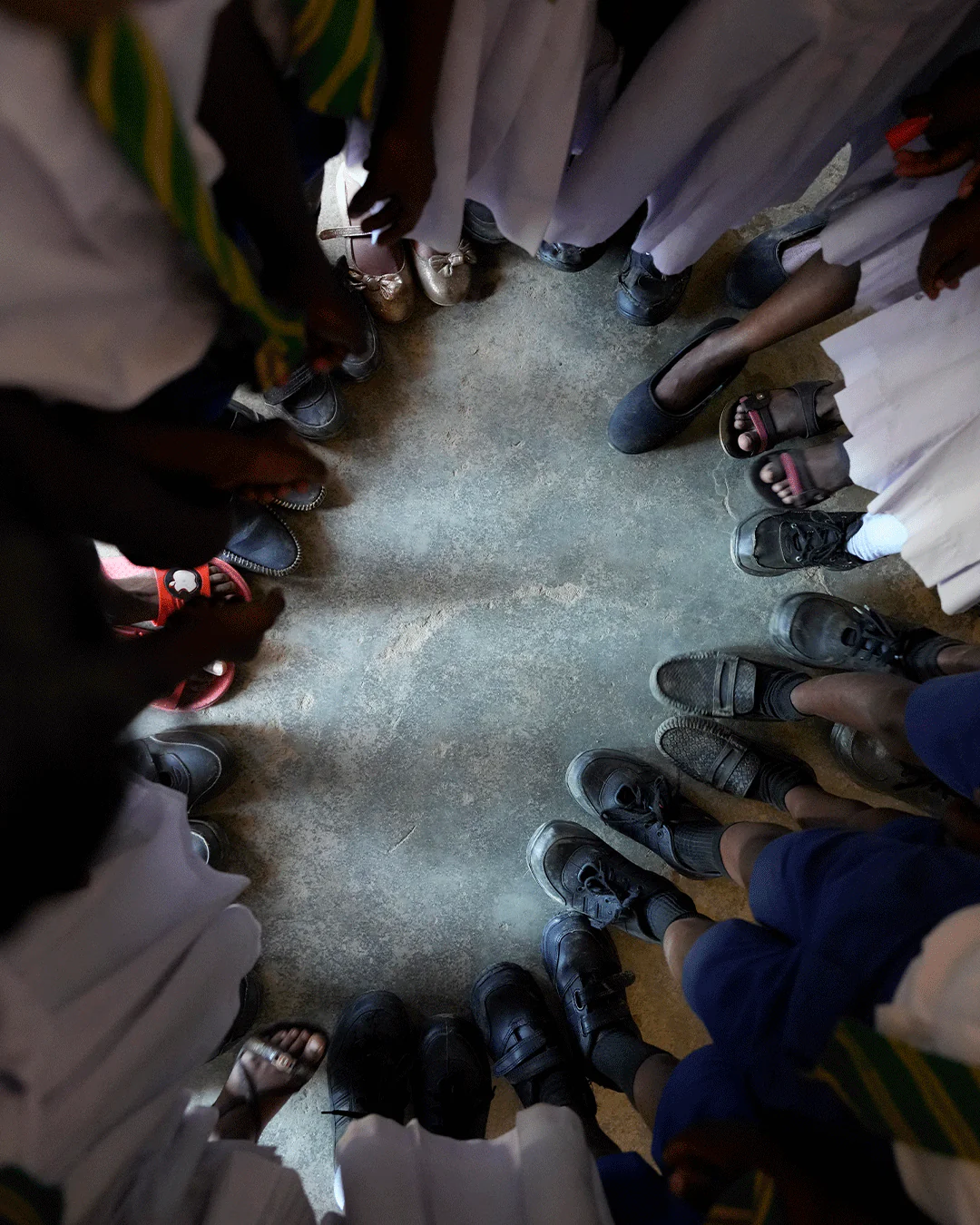
FINAL WEEK
At this point, we had reached out to 300 individuals, laying the groundwork for our study. However, the real adventure was yet to unfold as we embarked on an exhilarating journey to some of the most intriguing locales imaginable. From the serene tea plantations rarely trodden by tourists to the dwellings of indigenous tribes, bustling police stations, vibrant schools, and the close-knit neighborhoods of tea workers' families, fishermen, restaurant staff, cricket teams, mosques, Buddhist monks, and a myriad of others. On the culminating day of our study, we found ourselves amidst the bustling diamond market, where our efforts peaked, resulting in this being the final day of The Shoe Effect. What an incredible expereince.
Some small discoveries found so far!
WHAT WE FOUND SO FAR
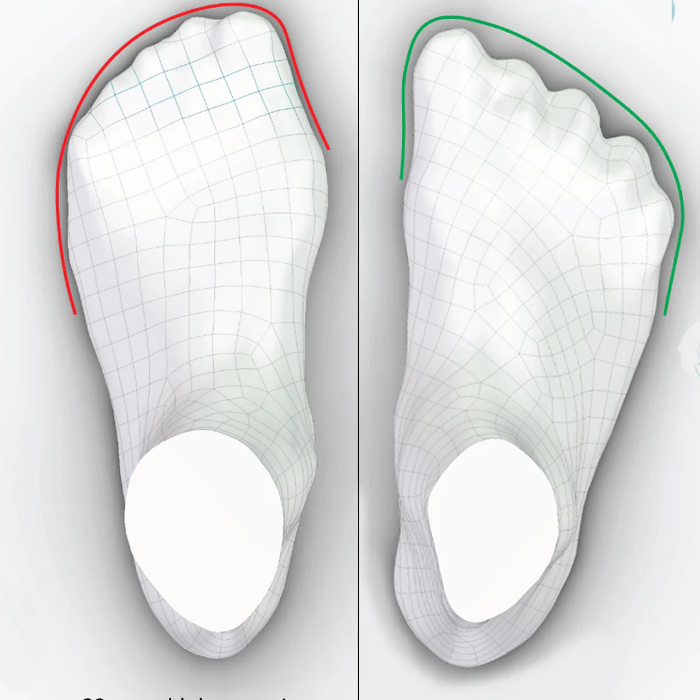
IMPACT OF FOOTWEAR ON FOOT SHAPE & FUNCTION:
The study revealed a significant correlation between footwear usage and foot shape deformities, particularly focusing on Hallux Valgus Angles (HVA). Participants who predominantly wore shoes or closed-toe box sandals exhibited higher HVA values compared to those who were predominantly barefoot or wore open-toe sandals. This highlights the influence of footwear on toe alignment and foot health over time.

SOCIOECONOMIC INFLUENCE ON FOOT HEALTH:
Observations based on participants' professions and socioeconomic status unveiled interesting trends in foot health. Individuals with obligatory requirements for wearing formal shoes, such as upper-class school teachers and police officers, exhibited higher HVA values on average compared to those who were predominantly barefoot or wore flip-flops. Additionally, indigenous tribes displayed significantly lower HVA values compared to other groups, suggesting a potential link between footwear habits and foot health disparities.
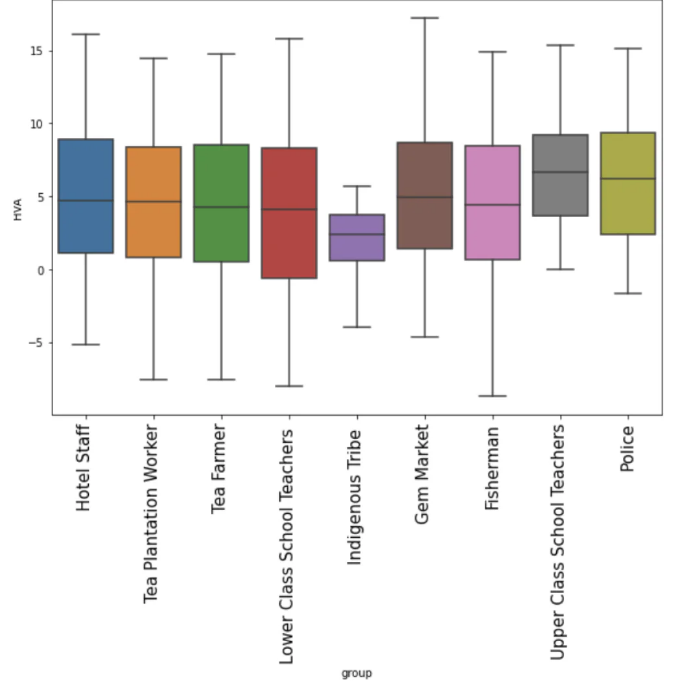
ROLE OF SHOE_WEARING FREQUENCY IN FOOT DEFORMITIES:
Analyzing shoe-wearing frequency revealed compelling insights into foot shape variations. Participants who wore shoes more frequently throughout the week exhibited higher HVA values, indicating a higher prevalence of misaligned toes. Conversely, elderly individuals who transitioned from barefoot lifestyles to wearing shoes later in life displayed better foot shape compared to those who wore shoes from an early age. This underscores the importance of wearing shoes that accommodate the natural shape of the foot to maintain optimal foot health and alignment.
OUR INSIGHTS
Toe Spacers & what you need to know
Relief came in the way of the Arcus!
